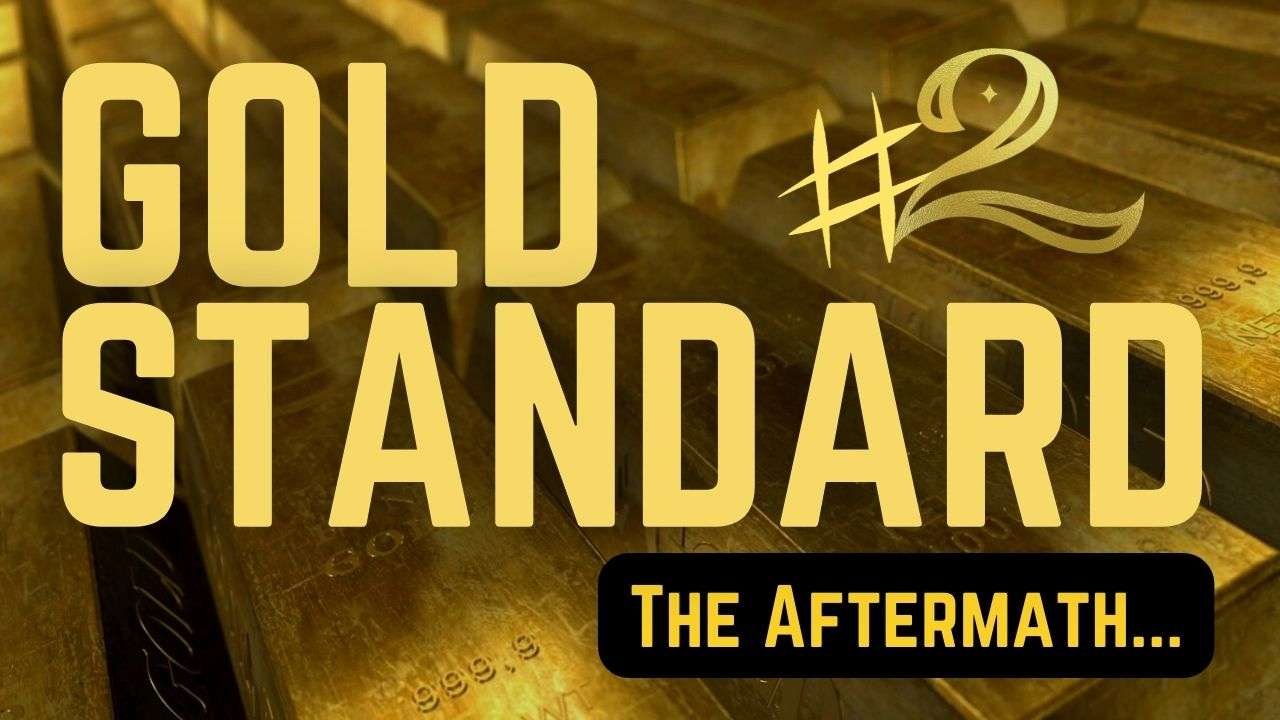
You might have seen the “Money Printer” meme – it’s been all around the internet since the last economic crisis.
In case you’re not sure to what extent the money printer impacts your life, you urgently need a lesson on quantitative easing.
Quantitative Easing
Simply put, quantitative easing is a monetary policy implemented by the central bank in order to stimulate the economy.
Sounds innocent so far.
This is done by injecting money in the economy… Money that previously didn’t exist.
TLDR: Quantitative Easing is printing money.
The Money Printer & Your Quality of Life
Since you’re born, you’re a part of a system that creates artificial demand for FIAT money.
FIAT money is not something we value by ourselves. It doesn’t exist in nature. If someone insists to pay you in Bahraini dinar banknotes, you’d most probably refuse to trade with them. At the same time, it may be the most valuable thing to that person.
How so?
Well you’re the same – when you’re within the borders of a certain framework (such as a country or economic union), you’re trained to value its FIAT money.
Everyone uses it, everyone gets paid in it, the government requires its taxes in it.
You’re taught to work hard for it, sometimes even offering the majority of your life and morals in exchange. You grow up to exercise greed exclusively in the context of “wanting more money”…
“Rich” people fight you for it, “poor” people hate you for it…
Everything for a number in a database.
A database controlled by a single unelected entity – the central bank.
Why Should This Concern You?
After you spend decades breaking your back to enjoy a certain standard of living, your overlords decide to double the money in circulation.
All of a sudden, there is twice as much money to buy the same amount of goods and services that existed before. This means that your piece of the pie (i.e. how much you can afford to buy) just became two times smaller.
You can afford half the house, half the bread, half the necessities compared to before.
This is exactly the framework we’re living in – our purchase power halves every decade or so.
But don’t take my word for it.
Here’s the balance sheet of the Federal Reserve over the past two decades:
As you can see, money appear out of nowhere during periods of recession. Always and almost like alchemy.
Coincidentally, shortly after the fact, people feel how their purchasing power quickly erodes.
But nothing got more expensive.
The money they had became cheaper.
It’s a simple function of supply and demand – the amount of things available for buying remained the same, the supply of money doubled.
The only reason most people don’t see it as a devaluation of the currency but an increase in prices is because their whole lives they were conditioned to use the currency of their country as a reference point. And everyone ends up talking about housing becoming more expensive, wages being stagnant, etc.
But these are all consequences of inflation. Not causes.
The cause is is simple and inambiguous:
Central banks printing money.
Inflation is always and everywhere a monetary phenomenon in the sense that it is and can be produced only by a more rapid increase in the quantity of money than in output
- Milton Friedman
The Solution?
Having a limited-supply asset as a reserve currency would make sure that nobody can create more of it. But nobody’s going back to the gold standard – the global economy is addicted to free money once times get rough.
[QE] has drawn political criticism but has become an increasingly common response to economic and credit crises, used effectively by the European Central Bank and the Bank of Japan alongside the Fed.
And just to give you an idea about the kind of people making these decisions… Below is a video of Christine Lagarde, the president of the European Central Bank. Her demeanor and tone of voice speak louder than her words: “We have no idea what we’re doing”.
(Not necessary to watch the 2 minute video, but you might find it entertaining and terrifying)
Back to you.
The only thing you can do as an individual is to focus on wealth preservation.
The most intuitive approach to do this is through investing in the stock market by tracking a globally diversified index or a set thereof. This way, you’d be holding assets whose prices increase with inflation, same as the prices of everything else.
But even then, you’d preserve your purchasing power but you’re still stuck in the same system. You’re still a victim of a corrupt, rotten framework that brainwashes the society into greed, selfishness, and even violence.
Only when you understand this vicious cycle, you can develop laser eyes and decide to opt-out, even partially…

And the solution becomes clear:
Buy Bitcoin.
If you want an introduction to Bitcoin without technical jargon and price speculation, check out my free series: Bitcoin for Beginners.

 Husband & Father
Husband & Father  Software Engineer
Software Engineer 















